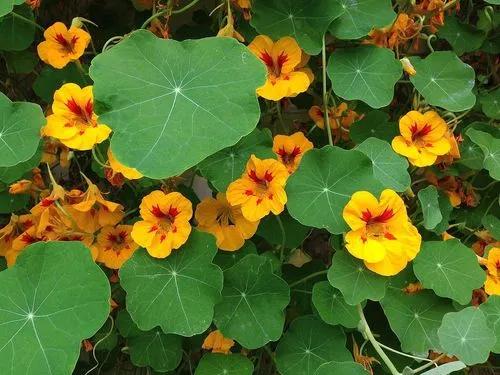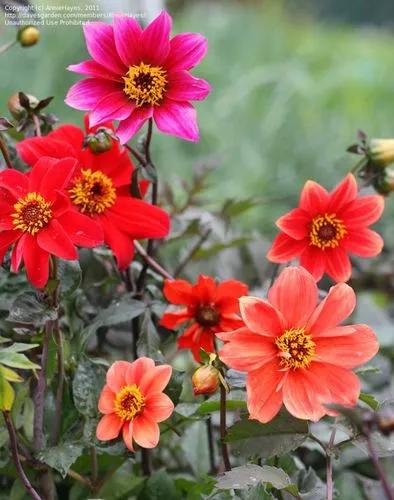Bloodroot plants are early spring bloomers and may be found growing wild in dappled sun in wooded areas, producing beautiful, solitary flowers. These white bloodroot flowers have 8 to 12 petals growing on leafless stems that rise above the foliage of this charming plant. Bloodroot plants, Sanguinaria canadensis, get their name from the dark red sap found in the stems and roots, which resembles blood. The colored juice from the stems of bloodroot plants can also be used to make red, pink, and orange dyes. You should wear gloves when working with bloodroot plants and practicing bloodroot plant care as leaves and other plant parts are skin irritants to some. Medicinal usage of bloodroot plants was widespread in centuries past; however, facts about bloodroot plant indicate all parts of the plant are poisonous. Therefore, it is best left to professionals to extract juices and powder from the roots for use in salves. Studies are currently underway using bloodroot as a treatment for cancers of the skin, though bloodroot products are expensive and facts about bloodroot plant indicate it is becoming hard to find and is reaching the point of extinction in some areas of the United States.
Red Puccoon Care
Sanguinaria Canadensis



How to Care for the Plant

Water

To keep the plant from entering dormancy, you should keep the soil moist. In fact, regular watering, twice a week, will allow the leaves to remain throughout much of summer. This can be reduced in fall and winter so it can go dormant.

Fertilizer

You can begin feeding your plants with a balanced fertilizer once they have reached their second year of growth. When this plant is happy in its location, it will colonize and provide many years of flowering.

Sunlight

In the landscape, locate it in an area that will receive some sun in spring but that will be at least partially shaded in summer. This stipulation readily suggests bloodroot as a plant you can grow under deciduous trees. You'll have less success growing it on the north side of a house because the shade cast by a structure is more or less constant (unlike the shade cast by deciduous trees).

Soil

Provide bloodroot plants with a well-drained, acidic soil enriched with hummus.

Temperature

Dormant plants are hardy to at least -20°c

Additional

The bitter sap is poisonous and has caused fatalities. Nonetheless, it was used by North American Indians for insect repellent, dye, ceremonial pigment, and a variety of medicines.

Popularity

235 people already have this plant 48 people have added this plant to their wishlists
Discover more plants with the list below
Popular articles






